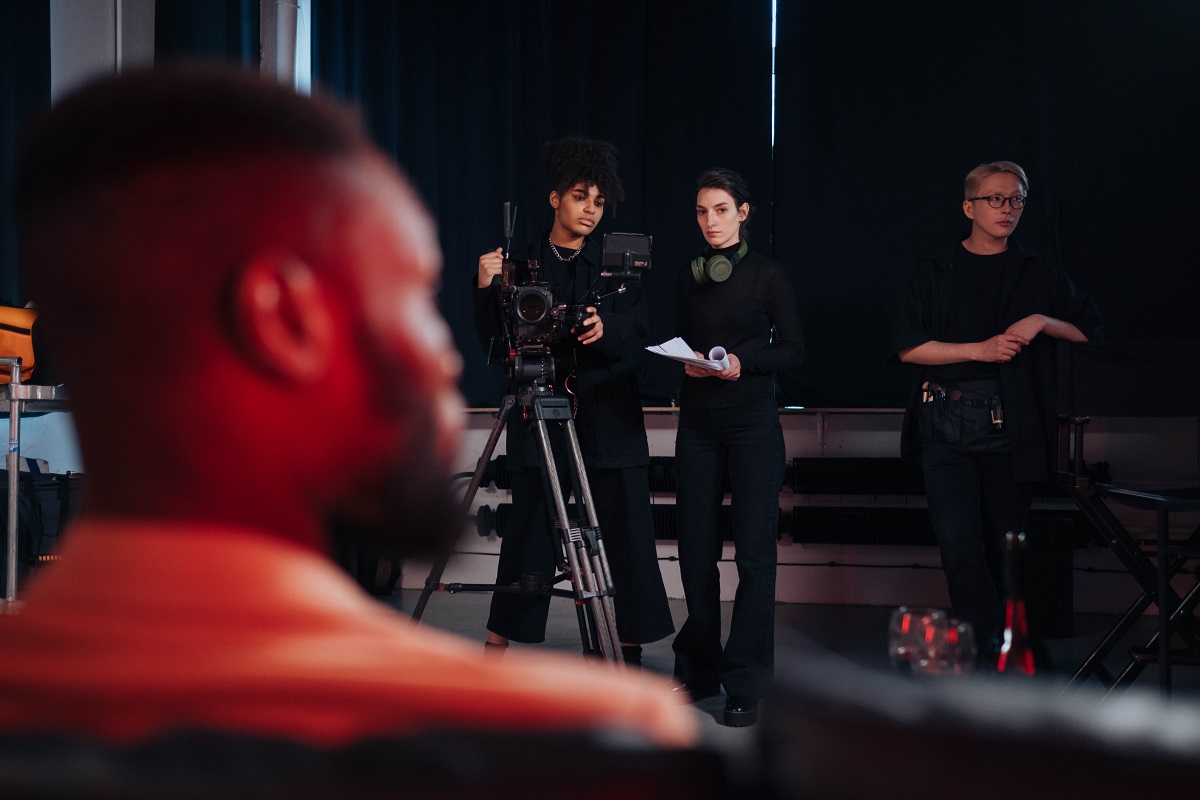Sustainability in Product Design: How Designers are Making a Difference
As we enter a new era of awareness and responsibility, sustainability has emerged as a buzzword within the design industry. Our planet faces unprecedented environmental challenges, and it is the duty of designers to respond with products that minimize ecological harm and maximize social and economic benefits. Sustainable design is a holistic approach that considers every aspect of a product’s life cycle, from its inception to its eventual disposal.
Sustainability in design is driven by two factors. Firstly, consumers demand more features and capabilities, which require additional materials for production. Secondly, there’s an increasing responsibility for designers to take a proactive role in reducing environmental damage. By adopting sustainable design principles, designers can minimize waste and resource consumption, creating products that positively impact society and the planet.
In this article, we will delve into the world of sustainable product design and explore the innovative strategies that designers are using to make a real difference. By adopting a sustainable approach, designers can help to create a better world for us all – one product at a time.
What is Sustainability in Product Design?
As we just mentioned, sustainability in product design is a crucial concept that has gained widespread attention in recent years. At its core, sustainable product design is the practice of creating products that meet the needs of the present without compromising the ability of future generations to meet their own needs.
To achieve this, sustainable product design takes a holistic approach, considering every stage of a product’s lifecycle from design to disposal. This includes minimizing the amount of resources used in production, reducing waste and emissions, and ensuring that products can be reused, recycled, or safely disposed of at the end of their life.
By incorporating sustainable product design principles into their work, designers can create products that are not only functional and aesthetically pleasing but also contribute to a more sustainable and just world. This is increasingly important as consumers become more environmentally and socially conscious, and demand for sustainable products continues to grow.
Sustainable Product Design Strategies
Designers are taking on a vital role in shaping the future of our planet by adopting various strategies to make their products sustainable. These strategies go beyond just the product’s design and extend to every aspect of its lifecycle, from production to disposal. Some of these strategies include:
Material Selection
One of the primary ways designers are making their products sustainable is by choosing eco-friendly materials. Sustainable materials are those that are biodegradable, recyclable, or made from renewable resources. By choosing these materials, designers are reducing the environmental impact of their products and minimizing waste.
Design for Durability
Another strategy is designing products for durability. Durable products last longer, and therefore require fewer replacements, resulting in less waste and a reduced environmental impact. Designers can achieve this by selecting materials that are sturdy and resistant to wear and tear.
Modular Design
Modular design is another approach to sustainable product design. This involves designing products in such a way that they can be easily disassembled and reassembled, allowing for easy repair and maintenance. This reduces the need for replacement and prolongs the product’s lifespan.
Modular design is gaining recognition as an effective approach to sustainable product design, as it allows for easy disassembly, repair, and maintenance, ultimately reducing the need for replacement and extending the product’s lifespan.
Minimalist Design
Minimalist design is another approach that designers are using to create sustainable products, reflecting the growing trend of conscious consumerism. By deliberately simplifying the design and functionality of a product, designers are not only minimizing the use of resources and reducing waste, but they are also emphasizing the importance of purposeful consumption. In a world where consumerism is often driven by superficial features and short-lived trends, minimalist design offers an alternative that prioritizes quality, longevity, and sustainability.
Circular Design
Circular design is another important approach to sustainable product design that seeks to create products that are part of a closed-loop system. This means that the product is designed with the end of its life in mind, and can be easily disassembled, reused, or recycled. By designing products with circularity in mind, designers are reducing waste and extending the life of materials, creating a more sustainable and efficient system.
Embracing Sustainability and Collaboration
Designers are continually pushing the boundaries of sustainable product design by embracing innovative strategies that make a real difference. For example, some designers are incorporating upcycling into their design process by repurposing discarded materials to create new products. Others are exploring the potential of biodegradable materials and biomimicry to create products that not only minimize waste but also have a positive impact on the environment. These efforts are inspiring consumers to rethink their consumption habits and consider the environmental and social impact of their purchases.
Collaboration is also a critical aspect of sustainable product design, and designers are partnering with stakeholders to create more sustainable products. For instance, some designers are working with manufacturers to develop more sustainable production processes and ensure that products are ethically and sustainably produced. Other designers are collaborating with local communities to create products that address specific environmental and social challenges. Through these collaborations, designers are making a difference in the world and showing that sustainable product design is not only possible but also beneficial for society and the environment.
Unlock the Future of Product Design
As we draw the chapter to a close on the importance of sustainability in product design and the strategies that are being utilized, it becomes clear that designers who adopt this philosophy are not only creating environmentally-friendly products but also igniting a new era of innovation and responsibility. By prioritizing sustainability in product design, designers can craft a brighter future where consumers, businesses, and the planet can coexist in harmony. This necessitates a collective commitment to making a positive impact on the world, but with dedication and innovation, the possibilities are infinite.
At Yellowbrick, we are dedicated to empowering designers with the skills and knowledge they need to succeed in modern product design. Our Product Design Essentials Course, developed in partnership with Parsons faculty and design experts from leading organizations, helps you build a strong foundation in product design by exploring the key trends shaping the future of the industry.
Our course will equip you with the necessary skills to ask the appropriate questions to comprehend user needs, market demands, and production options. You will learn how to establish user objectives and needs, as well as anticipate potential risks and obstacles. Furthermore, you will acquire an in-depth understanding of how design, manufacturing, and marketing elements collaborate in the product creation process. By finalizing product specifications and producing accurate documentation, you will be better prepared to manage fabrication, costing, product development, marketing, and sales.
Don’t wait to start your journey towards success – explore our courses today and unlock your potential!











